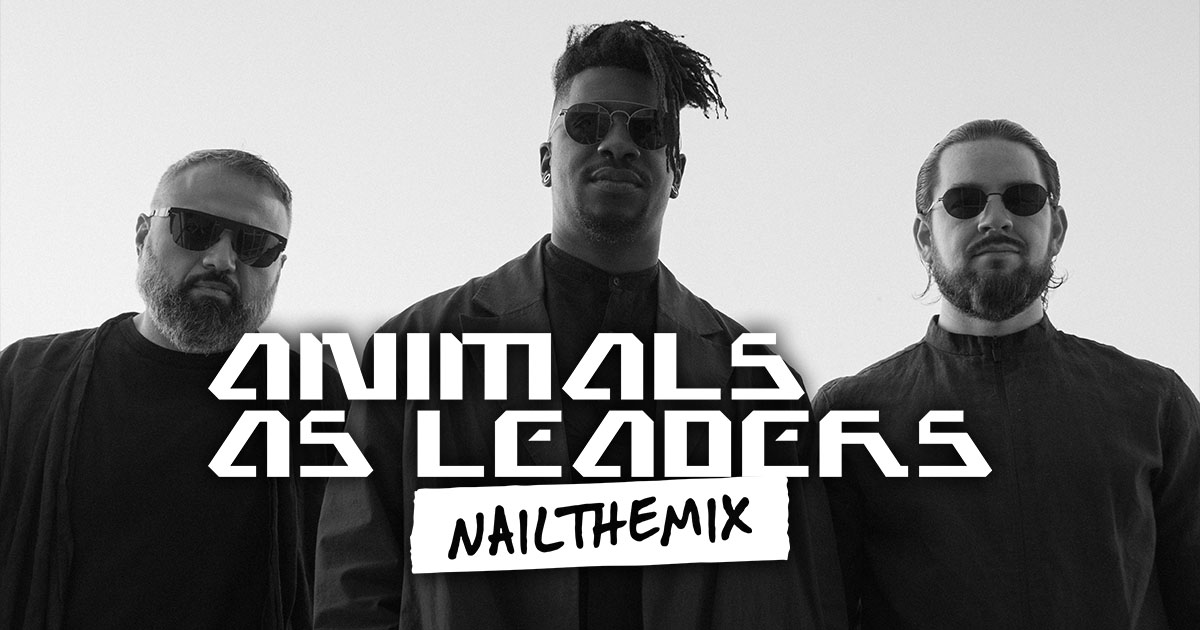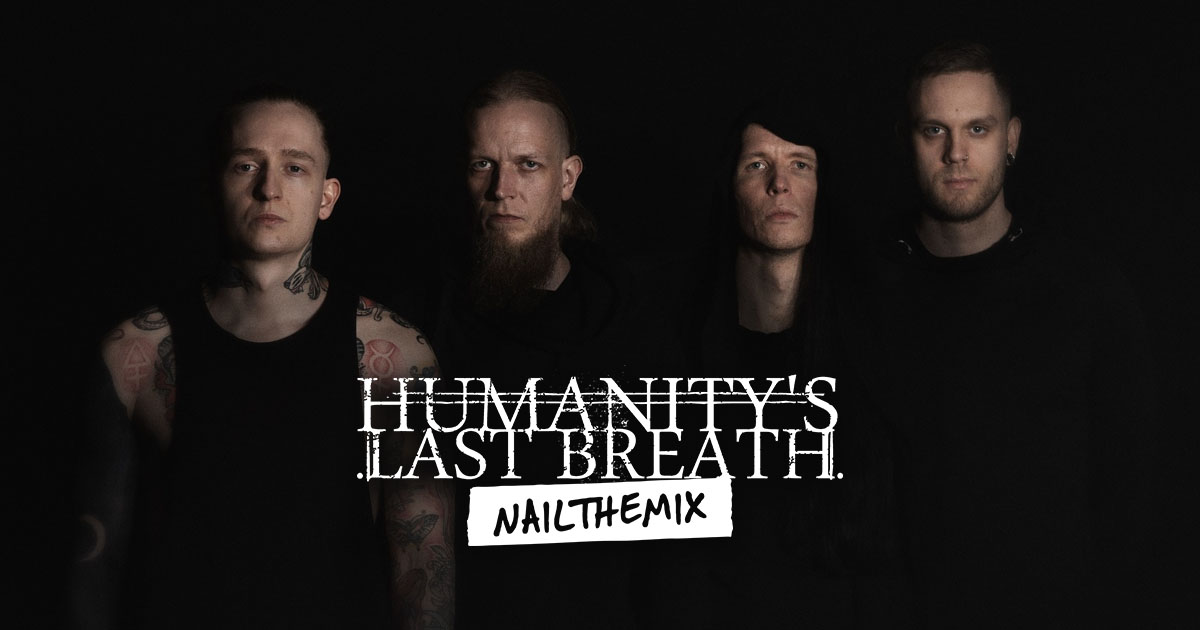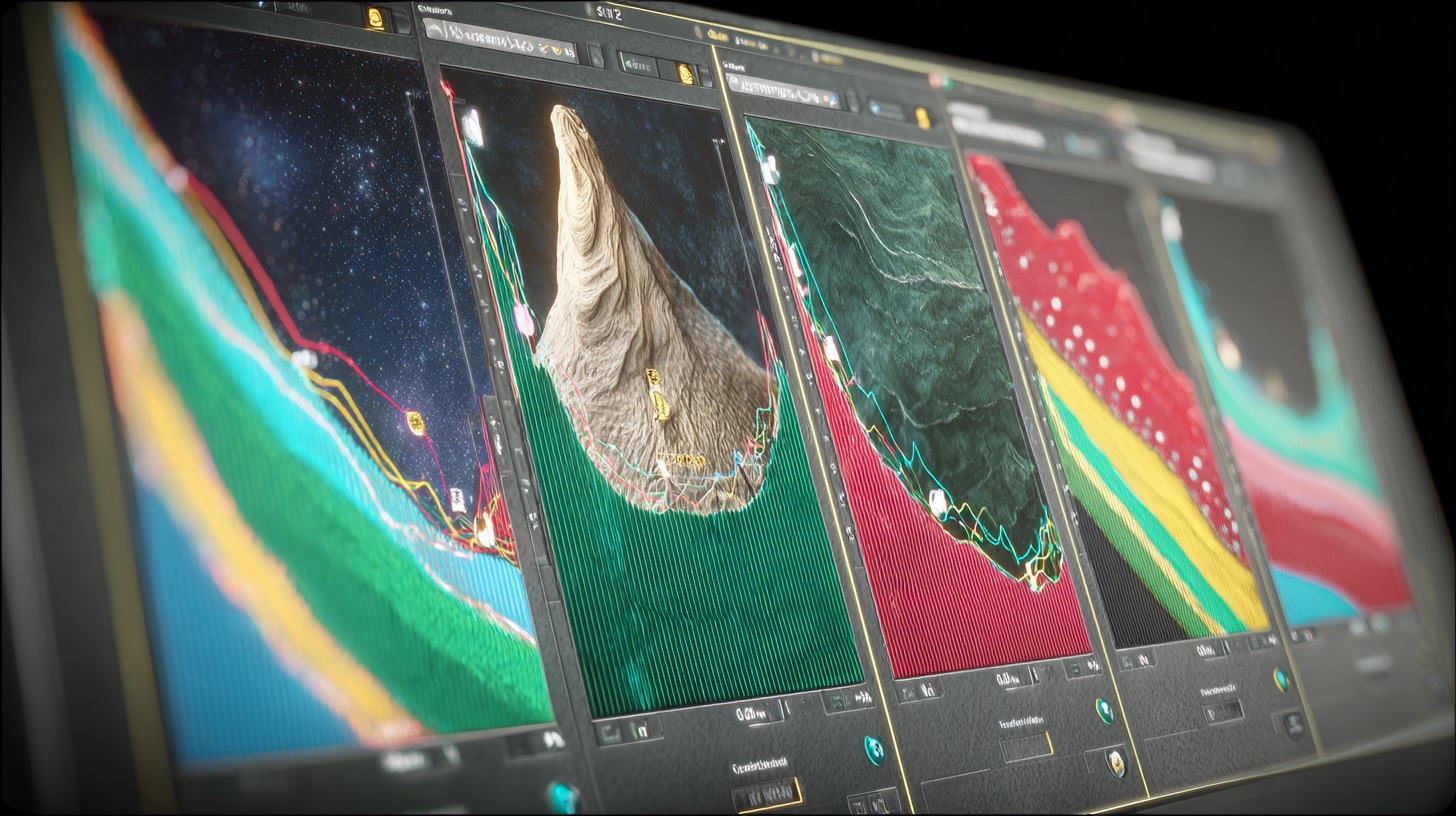
Dialing In Animals As Leaders Drums w/ Nick Morzov
Nail The Mix Staff
Let’s be real for a second. The drum performances on an Animals As Leaders record are otherworldly. Matt Garstka’s playing is a masterclass in dynamics, power, and inhuman precision. But how do you even begin to mix that? How do you make every ghost note pop while controlling the chaos of cymbals bleeding into every mic?
We got to see exactly how producer/mixer Nick Morzov tackled this beast of a task. The challenge was immense: the hi-hat bleed into the snare mic was so prominent it was sometimes louder than the actual snare hits. A simple noise gate would crush the delicate ghost notes that are signature to the AAL sound. The solution? A multi-stage process of surgical EQ, creative saturation, and what Nick hilariously calls “trolling automation.” Let’s dive into his signal chain.
The Problem: Taming Aggressive Hi-Hat Bleed
Before any processing, the raw snare track was swimming in hi-hat wash. In a genre this dense and technical, that bleed can be a mix-killer. It narrows your stereo image by pulling cymbals into the center and masks the subtle details that make the drumming so special.
Nick knew a standard gate wasn’t the answer. The dynamic range between a full-on crack and a subtle ghost note is massive. Gating aggressively enough to kill the bleed would inevitably kill the feel. This called for a much more nuanced approach, starting with building the core tone.
Building the Foundation: Saturation and EQ
Instead of reaching for a gate first, Nick started by building up the snare’s character, knowing he would deal with the bleed later.
Adding Warmth with Tape Saturation
First up was the McDSP Analog Channel AC202. The goal here wasn’t just to make the snare louder, but to give it a perceived loudness and warmth without sacrificing its natural detail.
He used the “Modern” mode to avoid too much of a compressed “tape squish” sound and set a faster tape speed to keep the top-end transients crisp. The magic, however, was in the AC202’s built-in EQ.
The Wide-Bell EQ Boost
Nick’s philosophy on EQ is to go broad. Instead of tiny, surgical boosts that can sound phasey and unnatural, he prefers wide, musical curves. Using the “M” setting on the AC202’s EQ, he cranked the low-end boost all the way up. This created a huge, broad lift starting around 100 Hz and extending up through 250 Hz—the key frequency area for snare body. The result? The snare instantly felt thicker and more powerful without sounding obviously EQ’d. This is one of those core equalization strategies that adds depth in a natural-sounding way.
Surgical Sound Sculpting and Adding Aggression
With the foundational tone in place, it was time to get more surgical and add some attitude.
Cleaning Up with Soothe2
To begin taming the bleed and resonance that the initial processing had exaggerated, Nick reached for oeksound’s Soothe2. This wasn’t about gutting the snare, but rather intelligently turning down the problematic frequencies. He focused on a few key areas:
- Cymbal Bleed: Targeting the specific resonant frequencies of the cymbals.
- Boxiness: Using Soothe’s “hard mode” to listen in delta, he was able to pinpoint a “woody,” boxy tone on the initial attack that he didn’t like, taming it without killing the snare’s natural ring.
By setting a slightly later attack and making the reduction more selective, he cleaned up the snare track significantly while preserving the raw transients he had just built.
Chasing “That” Trident Console Distortion
Next came the aggression. For this, Nick used the Slate Digital VMR Trident A-Range EQ. He wasn’t just using it for its EQ curves, but for its saturation. Recalling an early internship where he was blown away by the sound of a real Trident console being pushed into distortion, he used the plugin to chase that same character.
By driving the input until it was just “kissing red,” he added a distinct crack and snap to the snare with harmonic saturation. This wasn’t just volume; it was harmonic distortion creating an almost “fake attack” that helped the snare cut through without needing more EQ. This kind of saturation is a powerful tool in any mixer’s arsenal for adding presence and character, acting as a form of tonal compression to make things pop.
The “Trolling” Move: Hyper-Detailed Automation
Here’s where it gets crazy. All the awesome processing made the snare sound incredible, but it also made the hi-hat bleed even louder between the hits.
The solution was extreme automation. Using Pro Tools Ultimate’s Trim Automation feature, Nick went through and manually drew in volume automation to dip the snare track’s level in the space between every single hit—a perfect example of the detailed work required for pro-level drum editing.
Trim automation is a game-changer because it acts as a secondary volume control, working relative to your main fader. This meant Nick could perform these thousands of micro-edits while still being able to adjust the overall snare level easily with the channel fader. It’s a tedious, hyper-detailed process, but the payoff is massive: every ghost note is perfectly clear, and the hi-hat bleed is completely gone, resulting in a clean, punchy snare and a much wider, more professional-sounding outcome for the overall drum mix.
Bring It All Together (And Learn A Whole Lot More)
So, Nick Morzov’s path to a perfect Animals As Leaders snare involved:
- Building Body: Using the McDSP Analog Channel to add warmth and natural-sounding low-end.
- Surgical Cleaning: Taming resonances and bleed with Soothe2.
- Adding Aggression: Driving the Slate Trident A-Range for that authentic console saturation and crack.
- Ultimate Control: Employing hyper-detailed Trim Automation to eliminate all remaining bleed.
Witnessing this level of detail shows you what it takes to mix at the highest level. This is just a small piece of the puzzle from the full Animals As Leaders mix session, and not the only time we’ve dived deep into their sound (check out our “Red Miso” mixing tutorial for more). Imagine watching Nick dial in the entire kit, the guitars, bass, and finalize the track, explaining every plugin and every decision.
Animals as Leaders on Nail The Mix
Nick Morzov & Javier Reyes mixes "Red Miso"
Get the Session
With Nail The Mix, you don’t have to imagine. Every month, you get the real multitracks from bands like Animals As Leaders, Periphery (featuring producer Adam “Nolly” Getgood), and Lamb of God and watch the original producer mix the song from scratch. You can stop guessing and learn how to mix music by learning the techniques and philosophies directly from the pros.
If you’re ready to see the entire process, check out the full Animals As Leaders mixing session with Nick Morzov, exclusively on Nail The Mix.
Get a new set of multi-tracks every month from a world-class artist, a livestream with the producer who mixed it, 100+ tutorials, our exclusive plugins and more
Get Started for $1






